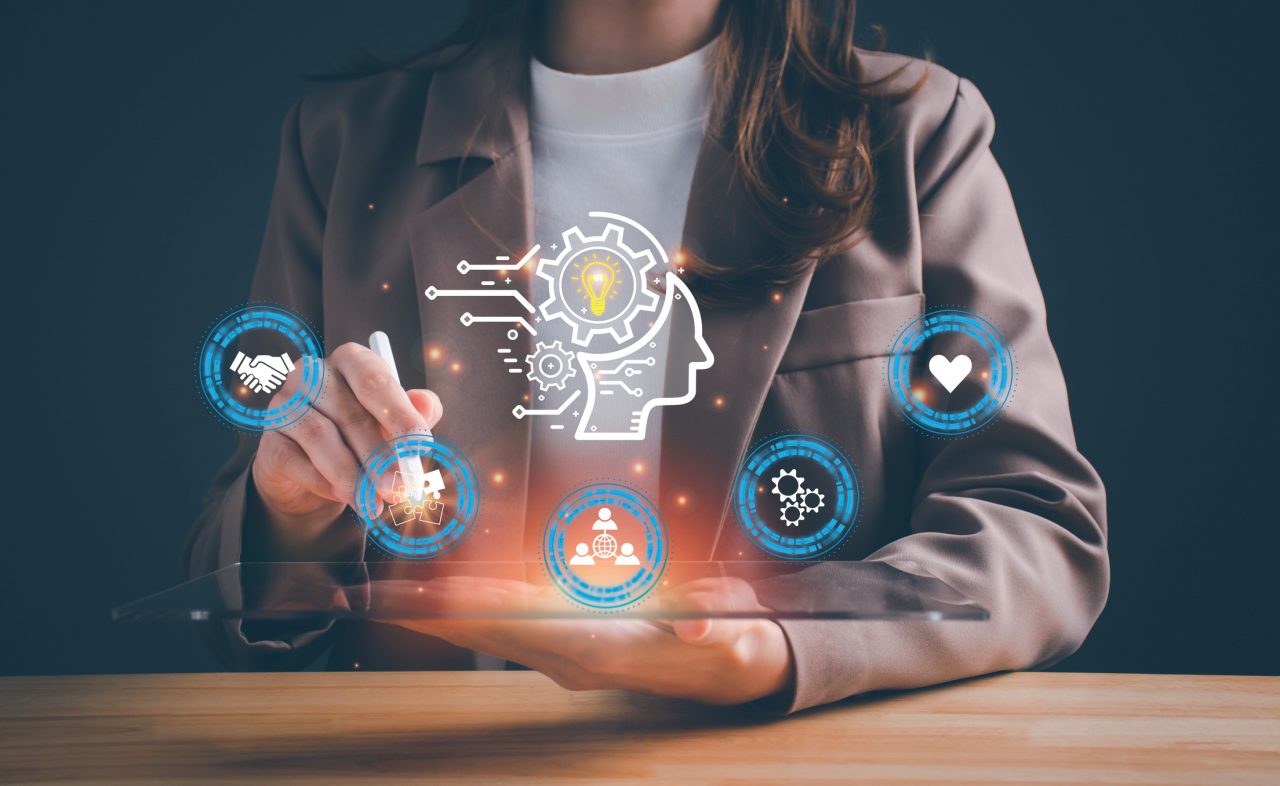Technology is advancing at an unprecedented rate, influencing various sectors and impacting their operations. In the age of digitization, AI, cloud computing, and IoT are providing new and creative solutions that can transform traditional workforce management methods.
Organizations are increasingly looking for ways to improve how they manage their employees, streamline operations, and create smooth, positive experiences for their workforce. Many industries adopt AI-driven scheduling systems to optimize employee productivity and shift management. These AI-driven platforms are revolutionizing how employers engage with employees, moving from traditional routes to a more inclusive workplace. This transition allows organizations to scale and adapt swiftly to changes and enhance efficiency.
The blog will focus on specific areas where AI significantly impacts workforce management transformation and its implications for the future.
Redefining Workforce Engagement
Organizations must rethink workforce engagement beyond traditional employment contracts. AI-driven platforms ensure seamless integration, real-time communication, and a consistent experience for gig, contract, and full-time employees—especially those in customer-facing roles. Intelligent chatbots, nudges, and predictive analytics personalize engagement, ensuring employees remain connected, informed, and aligned with organizational values.
Tailoring AI Strategies for Workforce Transformation
As organizations evolve in a tech-driven ecosystem, a one-size-fits-all AI strategy won't work. AI must be leveraged to analyze organizational structures, workflows, and workforce dynamics to determine what will drive efficiency and what won't. Context-aware AI solutions help tailor workforce management strategies, ensuring that automation, decision-making, and employee experience enhancements align with the organization's unique needs.
Bridging the AI Adoption Gap in Manufacturing
In the manufacturing sector, workers are often more open to experimenting with AI than business owners, who remain anchored in manual and physical work paradigms. This creates a bottleneck in AI-driven transformation—while frontline workers see AI as a tool to enhance efficiency, decision-makers hesitate to shift from traditional models. To unlock AI's full potential, leaders must shift their mindset and invest in change management, digital upskilling, and pilot programs demonstrating AI's tangible impact.
Building Trust and Adoption of AI
Organizations must proactively address AI-related fears among shopfloor workers, emphasizing that AI is a tool for efficiency, not job displacement. A real-world example shows that AI-driven process improvements led to cost savings, which were reinvested into business expansion—creating new opportunities instead of job cuts. Clear communication, skill-building initiatives, and transparent AI deployment can foster trust and drive adoption at all levels.
Empowering the Workforce with Agentic AI
The evolution of Agentic AI—AI systems that can autonomously take action and make decisions—adds a new dimension to workforce management. For labor-intensive industries, AI doesn't replace human roles but enhances them by acting as a smart co-worker—offloading repetitive work, reducing cognitive load, and improving efficiency. Organizations that frame AI as an enabler of human potential rather than a substitute will drive smoother adoption and innovation at scale.
Conclusion
AI-driven workforce management is transforming how organizations operate, making them more efficient, adaptive, and employee-centric. By leveraging AI to personalize engagement, tailor strategies, bridge adoption gaps, and empower employees, organizations can drive new levels of efficiency and innovation. Embracing AI as an enabler of human potential rather than a threat will pave the way for a more inclusive and dynamic workforce.




